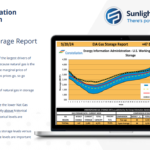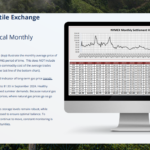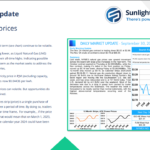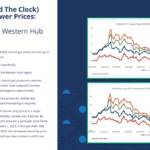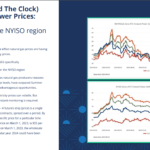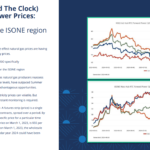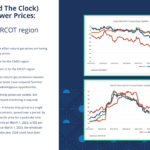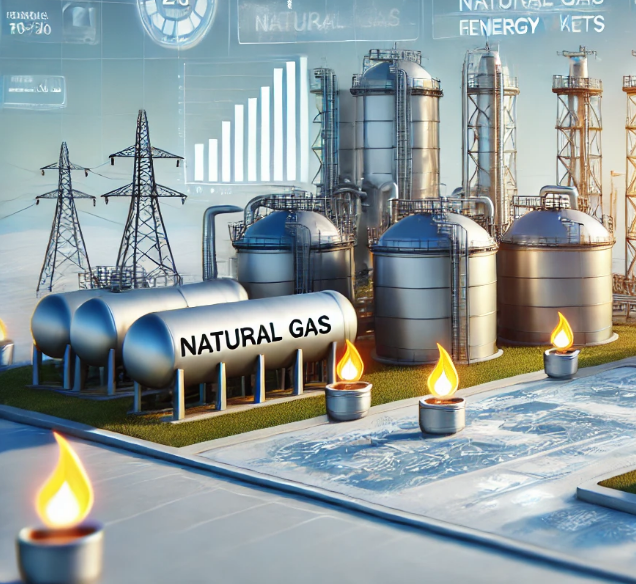In the week ending September 27th , NYMEX natural gas prices rose across the board, with the November contract starting strong at $2.902/MMBtu. Hurricane Helene made landfall on the Big Bend region of Florida which briefly disrupted production, but output quickly rebounded. Natural gas production month to date has averaged 100.7 Bcf (billion cubic feet) per day. U.S. demand dipped by 4.0 Bcf per day due to cooler Southeast temperatures, though warmer-than-normal weather is forecasted nationwide. LNG exports remain strong, exports month to date averaged 41.1 Bcf per day which is up from 40.8 Bcf per day a year ago.
Bear Factors:
– As of September 13, 2024, natural gas inventories in underground storage reached 3,445 Bcf, following an injection of 58 Bcf. Current levels are 274 Bcf above the five-year average and 194 Bcf higher than the same period last year. Storage levels are still above historical levels but the gap between current storage levels and historical levels is tightening.
-Hurricane Helene made landfall in Florida’s Big Bend region, briefly impacting production but ultimately avoiding major natural gas wells in the area. Despite the storm, natural gas production has remained steady between 100 and 102 Bcf per day for the year, with this month’s average at 100.7 Bcf per day.
Bull Factors:
– North America’s LNG export capacity is expected to more than double from 11.4 Bcf/d in 2023 to 24.4 Bcf/d by 2028, driven by 10 new projects under construction. The expansion of LNG exports could lead to higher energy prices in the long term, as increased volumes of natural gas are exported rather than stored domestically, tightening supply within the U.S. energy markets.
– As of September 17, the U.S. natural gas rig count decreased by 1 to 96, while oil-directed rigs remained unchanged at 488, according to Baker Hughes. The DJ-Niobrara region dropped one rig, while the Permian added one. The total rig count, including 4 miscellaneous rigs, stands at 588, down 42 rigs from the same time last year. The decline in rig count aligns with producers’ efforts to reassess production levels this year, aiming to address the supply and demand imbalance by tightening output.
– The rapid growth of data centers, driven by rising digitalization and AI adoption, is expected to significantly increase electricity demand, potentially pushing energy prices higher. Data centers are projected to account for 11-12% of total U.S. power demand by 2030, compared to 3-4% today. Meeting this demand will require substantial investment in power infrastructure, creating pressure on supply and potentially leading to higher energy costs as competition for power intensifies. This shift highlights the crucial role of the energy sector in supporting digital growth.
Charts and graphs sourced from Constellation
